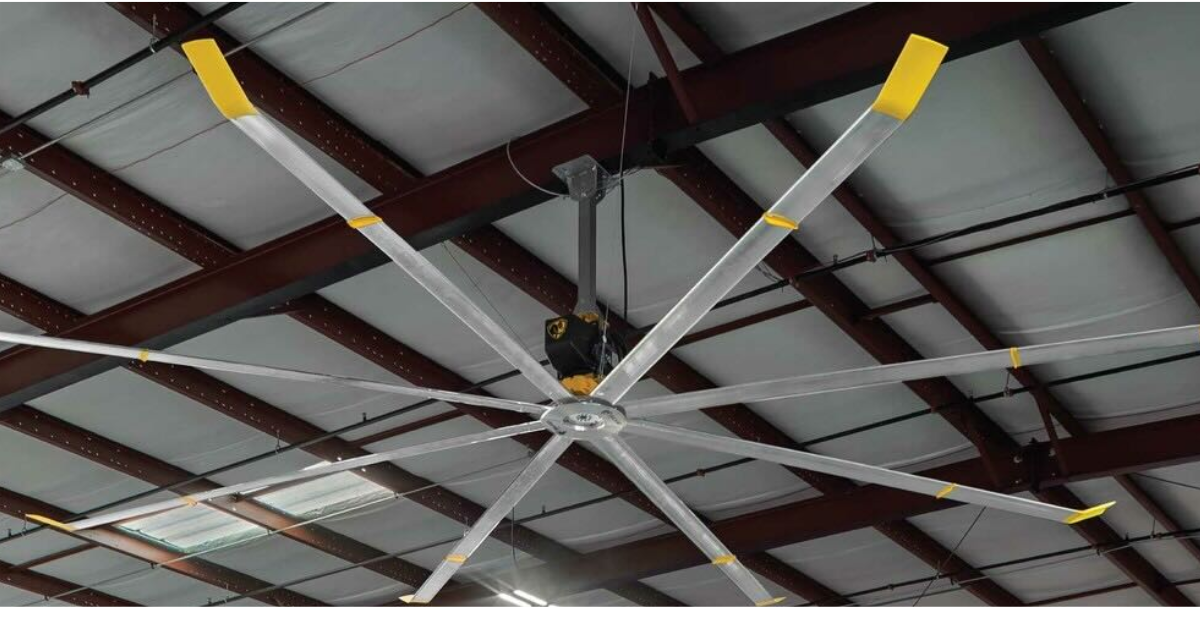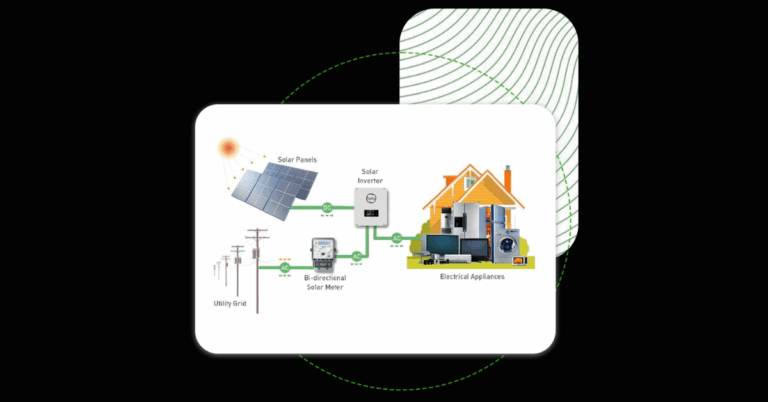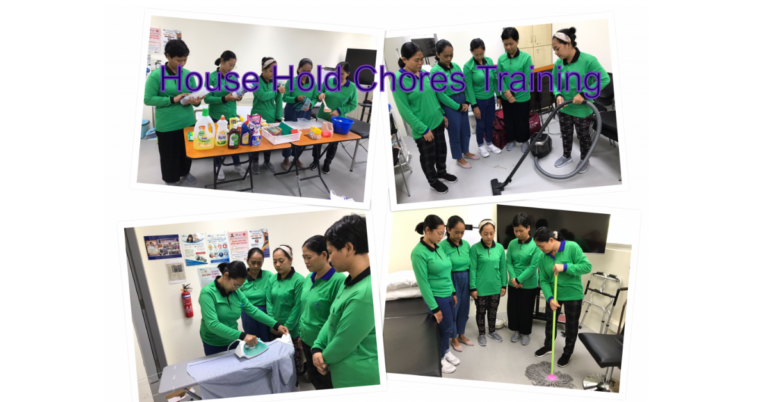Harnessing the Power of HVLS Fans in Singapore: A Smart Move for Modern Ventilation
In Singapore’s humid, tropical climate, maintaining comfortable air circulation in large indoor or semi-outdoor spaces can be a challenge. That’s where HVLS Fan Singapore solutions come into play. An HVLS (High Volume, Low Speed) fan moves a tremendous amount of air at low rotational speeds, making it especially suitable for warehouses, factories, gymnasiums, large showrooms, barns, and even large retail spaces. As businesses and facilities across Singapore strive for greater energy efficiency, better occupant comfort, and lower operational costs, HVLS fans are becoming a go-to option.
What Are HVLS Fans?
HVLS fans are large diameter ceiling fans often ranging from 2.5 to 7 meters in size that operate at low speeds but move large volumes of air. Unlike traditional high-speed fans that produce localized wind chill effects, HVLS fans generate a volumetric airflow that creates a gentle, consistent breeze over a wide area. By pushing air downwards and outwards, these fans help create a circulation pattern that reduces temperature stratification, equalizes ambient temperature, and improves thermoregulation for people and equipment in the space.
Key features typically include:
-
Large blade diameter (often 3 m, 5 m, or more)
-
Low speed yet high volume
-
Quiet, energy-efficient operation
-
Advanced motor and control systems
Why Singapore Facilities Are Turning to HVLS Fans
1. Energy Efficiency & Cost Savings
One of the biggest attractions of HVLS fans is their ability to reduce energy consumption. Rather than relying solely on air conditioning systems running at full blast, facilities can use HVLS fans to distribute cool air more evenly or to supplement cooling systems. This means lower reliance on high-power HVAC systems and a reduction in electricity bills.
2. Improved Comfort & Productivity
Better airflow promotes thermal comfort, especially in large, open interiors where stagnant air leads to discomfort. Workers, customers, or occupants feel a gentle breeze even in warm ambient conditions. Improved comfort leads to better productivity, fewer complaints of stuffiness, and potentially better health outcomes (e.g. reduced risk of mold, mildew, or dampness).
3. Reduced Temperature Stratification & Humidity Control
In high-ceiling buildings, warm air tends to rise, making upper levels much hotter than lower levels. An HVLS fan helps push warm air downward and mix the air column, reducing hotspots and stratification. Also, better air circulation assists in controlling humidity and preventing moisture buildup.
4. Quiet & Reliable Operation
Modern HVLS fans use brushless direct-drive motors and integrated inverter (motor-inverter) systems. These drive systems are designed to be nearly silent, reliable, and efficient. As in the Evel line of fans, the brushless motor-inverter configuration enables low energy usage (comparable to a lamp), smooth regulation, and minimal noise even at full operational loads.
5. Long Lifespan & Structural Safety
Quality HVLS fan suppliers design their products for long-term durability. Rigorous testing—such as finite element analysis (FEM), dynamic measurements, and lab stress testing—ensures safety under various loads and conditions. Features like double screws on the motor shaft, conic-shaft designs, and anti-falling plates further add mechanical stability and safeguard against blade failure or vibrations.
Choosing the Right HVLS Fan in Singapore
To reap the full benefits, choosing the proper HVLS fan tailored to your space and use-case is crucial. Here are key considerations:
1. Size & Coverage Area
The diameter of the fan should match the coverage requirement. Smaller spaces may require a 3 m fan, while very large halls might use 5 m, 6 m, or even 7 m fans. Proper overlap and placement ensure uniform airflow without excessive turbulence.
2. Motor & Drive Quality
Look for brushless motors paired with integrated inverters. These systems allow for precise speed control, energy efficiency, and low maintenance. Such motors also tend to produce less noise and have better longevity.
3. Control Features
Modern HVLS fans come with advanced control systems: remote operation, variable speed, scheduling, and integration with building management systems (BMS). These features allow automated or adaptive airflow control to respond to ambient temperature, occupancy, or time-of-day.
4. Structural and Safety Compliance
Because of their size, HVLS fans place significant structural loads on the ceiling or mounting points. Ensure the ceiling or truss can support dynamic loads, and choose fans designed with mechanical safeguards (e.g. anti-falling plates, vibration damping design). Also, check adherence to relevant safety and building codes in Singapore.
5. Maintenance & After-Sales Support
Select a supplier that offers good warranty, local support, servicing, and parts availability. In Singapore, timely maintenance and access to replacement components are essential to keep operations smooth.
6. Airflow Patterns & System Integration
A fan’s airflow pattern (down-blast, wide-span diffusion, etc.) will impact how well it integrates with HVAC systems or other ventilation modes. Proper positioning relative to ducts, cooling vents, and open areas is vital for harmonizing the ventilation strategy.
Applications & Use-Cases in Singapore
Industrial & Warehouses
Warehouses with high ceilings benefit from HVLS fans because they reduce stratification and help maintain uniform temperature zones. They can work alongside spot cooling systems to improve worker comfort and productivity in loading bays, assembly zones, or racking aisles.
Commercial & Retail Spaces
Large showrooms, car parks, event halls, or shopping complexes can use HVLS fans to create comfortable airflow for customers, reduce hotspots near entrances, and help balance the cooling load from air conditioning systems.
Agriculture & Livestock Facilities
In controlled-environment agriculture, poultry farms, or livestock barns, airflow is critical to manage heat stress, remove humidity, and maintain animal well-being. HVLS fans help in ventilating barns without creating stressful drafts.
Recreation & Sports Facilities
Gymnasiums, sports halls, swimming pool enclosures, or indoor courts have high ceilings and large open areas. HVLS fans help maintain comfortable conditions for spectators and athletes, reduce humidity buildup, and improve air circulation.
Manufacturing & Workshops
In workshops or factories where heat-generating machinery is present, HVLS fans help dissipate heat, manage ambient climate, improve worker comfort, and reduce energy consumption by enabling higher thermostat setpoints.
Challenges & Considerations
While HVLS fans offer many benefits, there are challenges to address:
-
Initial Capital Cost: Larger fans and advanced control systems can have higher upfront costs than traditional ceiling fans or local blowers.
-
Structural Adequacy: Not all roofs or ceilings can support the static and dynamic load; reinforcement may be needed.
-
Proper Sizing & Layout: Incorrect sizing or placement can cause turbulence, dead zones, or inefficient airflow distribution.
-
Noise in Extreme Conditions: Though quiet in normal use, poor installation, imbalance, or excessive speed may introduce noises or vibration.
-
Maintenance Requirements: Regular inspections, balancing, motor checks, and cleaning are necessary to prolong lifespan.
-
Integration with HVAC: If not well integrated, fans might interfere with HVAC airflow or reduce system efficiency.
Best Practices for Deployment in Singapore
-
Perform a CFD or airflow simulation before installation to optimize fan placement, number, and sizing.
-
Mounting structure reinforcement should be done ahead of time, verifying load paths and safe attachment.
-
Use smart controls linked to temperature or occupancy sensors, enabling dynamic speed adjustments rather than running at full speed constantly.
-
Regular maintenance schedules are crucial. Inspect blades, check motor shaft screws, re-balance as needed, and service bearings.
-
Combine with other systems smartly. For example, pair HVLS fans with spot cooling units or split AC zones to handle heavier loads efficiently.
-
Noise monitoring and balancing is important during commissioning to ensure vibration and sound are within acceptable limits.
Conclusion
For businesses, facilities, and large-space environments in Singapore, integrating HVLS fan Singapore solutions offers a compelling pathway to improved comfort, cost savings, energy efficiency, and smarter environmental control. These large-diameter ceiling fans bridge the gap between traditional fans and full-scale air conditioning systems by providing broad, gentle airflow across expansive indoor and semi-outdoor spaces. As long as you choose the right fan size, ensure robust mounting, and apply proper control and maintenance practices, HVLS fans can transform how you manage indoor climate and ventilation future proofing your infrastructure and optimizing operational costs.







